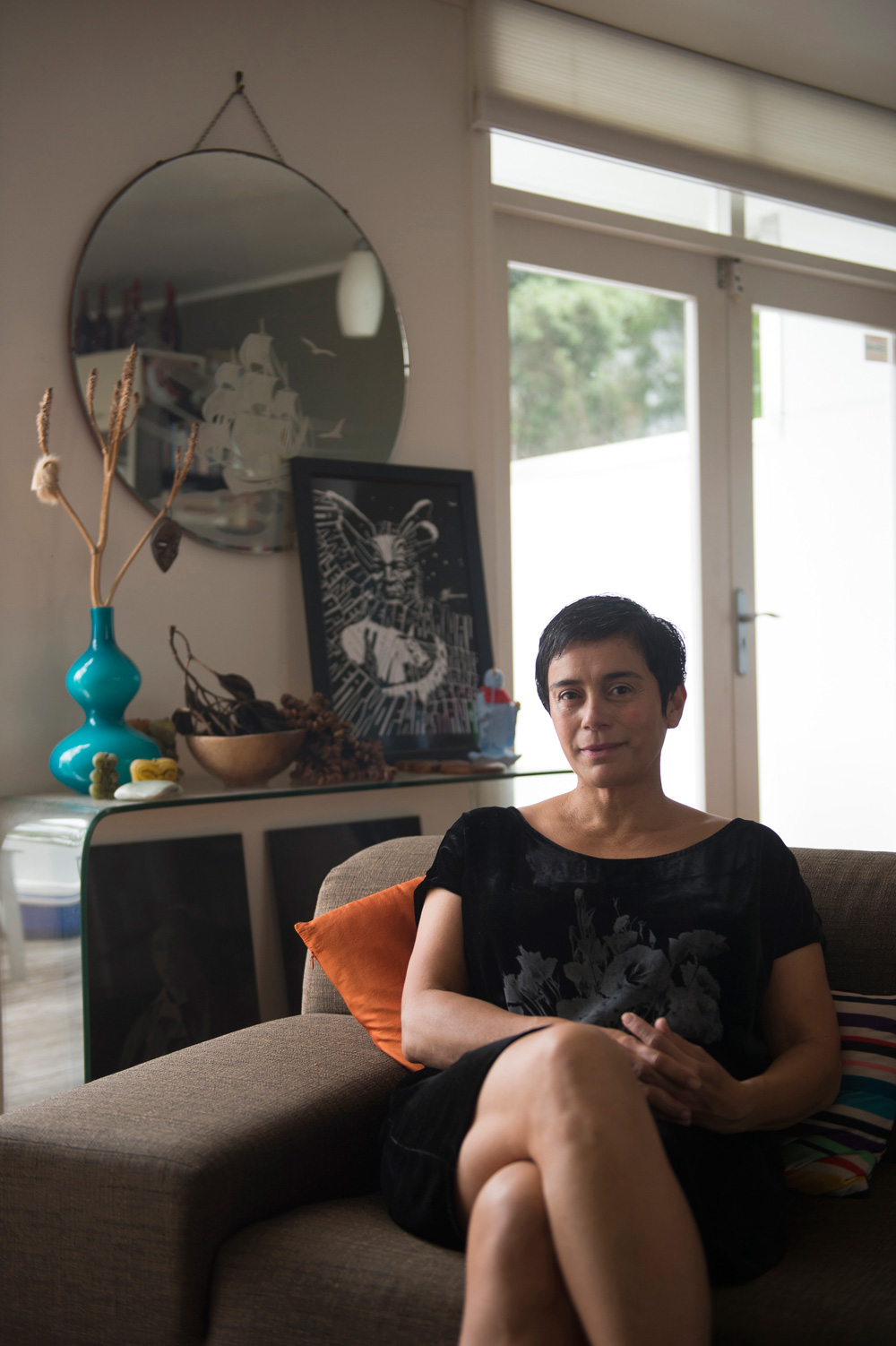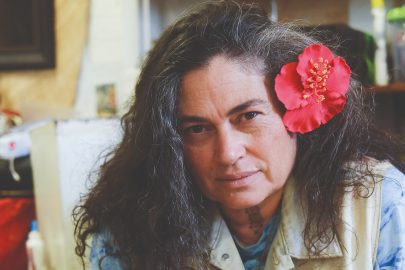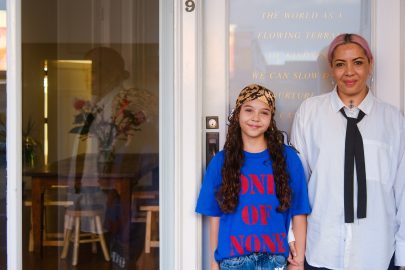Nov 30, 2015 Art
The choice of Lisa Reihana for the next Venice Biennale raises the question: in arts funding, what’s the right relationship between popular and safe?
This article was first published in the December 2015 issue of Metro. Main image: detail from Lisa Reihana’s digital work In Pursuit of Venus (infected).
On a recent Sunday morning there was a beautiful, tiny pause in a broadcast on RNZ National. It came when host Noelle McCarthy asked Neil Ieremia, founder of Black Grace, whether New Zealand is a good place to be an ambitious artist.
“It’s a great place to be at the moment,” he started delicately, before hitting his stride. “It hasn’t always been that way… it gets frustrating being here. I think sometimes the thinking is too narrow, and is too small. It doesn’t allow for growth and for new and original ideas. There are people in positions here who, because they haven’t achieved something, perhaps think that it’s impossible and pass on that sort of limited thinking to the people around them. And that’s difficult to deal with.”
Grim stuff. But it’s also the truth. There’s still plenty of “limited thinking” from decision-makers, especially when there’s a lot of taxpayer money on the line, and it’s enabled by a public discourse too willing to slap down our artists when they nibble at the sacrosanct boundaries of our national sense of self, or make things that don’t obviously represent “us”.
in Pursuit of Venus [infected] from Lisa Reihana on Vimeo.
In Ieremia’s voice, you could hear a wound, inflicted by the insidious expectation that our global success stories show more “gratitude” for the leg-up we’ve given them, as though there’s a cosmic ledger somewhere keeping score.
As a culture, we seem to have forgotten what our artists are for and why we fund them. The reason we support them is precisely so they’ll create problems and test our cultural presumptions — not give us easy answers or make us feel good about ourselves.
Nowhere is this clearer than in our best contemporary art. Over the past 15 years, New Zealand’s visual artists have become incredibly ambitious, but many have had to look, or move, offshore. Remarkably, we now have a small army gaining recognition overseas.
The single-biggest factor in our growing international street cred is our presence, every two years, at the Venice Biennale — the most important art exhibition in the world. It costs the taxpayer about $700,000, and it’s worth every cent. The fact that Venice is a dangling carrot has transformed the scale and focus of New Zealand art, particularly for the under-40s, who’ve had it on their horizons for as long as they’ve been out of art school.
In October, a panel met to choose the artist for Venice 2017. The big question was whether they would follow Simon Denny this year with, well, another Simon Denny — another young, hip, Auckland-trained-but-internationally-successful artist, of which there are now plenty. They didn’t. They opted instead for Lisa Reihana and her blockbuster digital work, in Pursuit of Venus (infected).
When iPOVi opened at Auckland Art Gallery in May, the public and critical reception was huge. I gave it a good review, too. Commentators like Hamish Keith cried out on social media for it to get the Venice nod. Auckland Art Gallery boss Rhana Devenport championed it, a chunky book was published, and — presto — suddenly it was being discussed as an inevitability.
https://twitter.com/hamish_keith/status/603124066376089600
It was, if you believe some of the media reaction to its selection, an easy choice for the panel to make. But this simply isn’t true. There were bolder options on the table.
I’m not questioning Reihana’s ambitions at all — iPOVi is big, epically big, and she took huge personal and financial punts to make it happen. It’s consumed several years of her working life. But in the context of what Venice means for the New Zealand art world, I don’t think it’s an ambitious selection.
One major issue is that it’s already been completed. There’s talk of tweaks, a few new scenes and some photographs to accompany it, but that’s just dressing. We know what iPOVi looks like. This is a missed opportunity; Venice is a rare chance to make something new on a major scale.
Over the years, Venice has also taught New Zealand some harsh truths. One is that it’s really hard to make the European art world care about our postcolonial politics. We saw this when we sent Michael Parekowhai in 2011. His project was big and expensive too — all those bulls and carved pianos — with overt Maori content. People here fell over themselves to declare how wonderful it was. In terms of overseas attention, though, it fizzled. iPOVi faces exactly the same challenge.

Of course, there are some very good things about Reihana’s selection. It’s good we’re sending a woman (the last three representatives have been men). It’s good we’re sending video and photography rather than sculpture — up until now, everything we’ve chosen has been installation-based.
It will also satisfy two crucial constituencies. The first is the New Zealand public. Artists like Reihana and Parekowhai fulfil an important role here: their work is seductive, accessible, and it tells stories, mainly about us. All of which matters; one of the best defences contemporary art can mount against detractors is popular appreciation. iPOVi broke attendance records at the gallery.
The second group is Venice’s principal funder, the New Zealand government. There’s no question Denny’s Venice project — about Five Eyes, titled after Nicky Hager’s book Secret Power and involving Hager himself as an adviser — would have sent several higher-ups cross-eyed, especially when they saw how much international traction it achieved.
Although it rubs up against Pacific stereotypes, iPOVi doesn’t actually extend a now well-established postcolonial analysis of European representations of Polynesian culture. It affirms what we already know.
But it looks political, it looks like work from here, and for the government it will look like value for money. As a result, a strong outing for it will go a long way towards securing permanent funding for Venice.
And we absolutely must keep going. If we stop, the ambitions of our young artists will sink like so many stones. They’ll vote with their feet (many already have), and it’ll be our loss, not theirs.
I hope Reihana is a success in 2017. But I also wish we had the confidence to love our smartest, toughest contemporary artists — even when they show us things about ourselves we don’t want to see. Other countries do. The measure of our maturity will be when we stop insisting they love us back.
Agree with Anthony? Share your opinion below!





